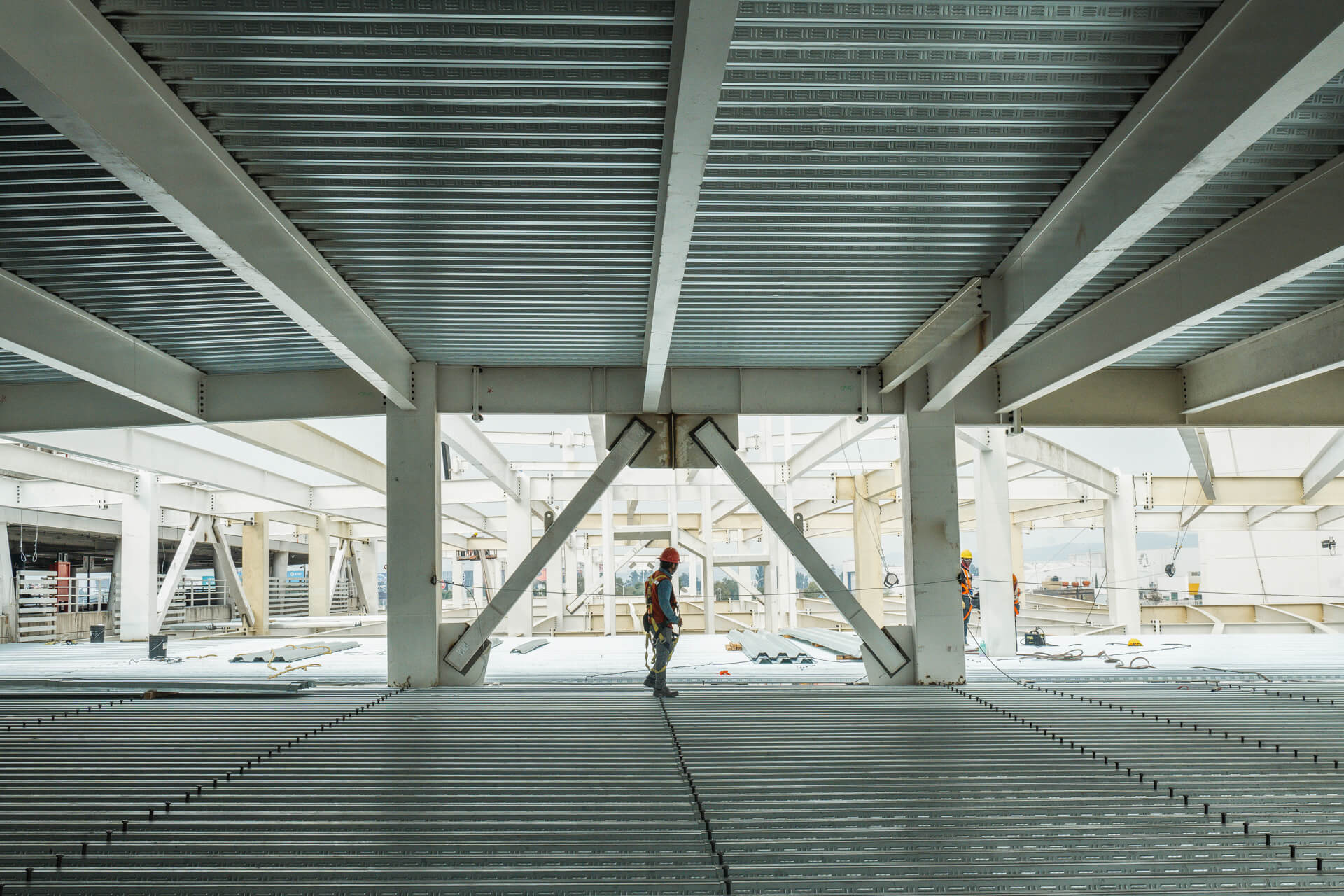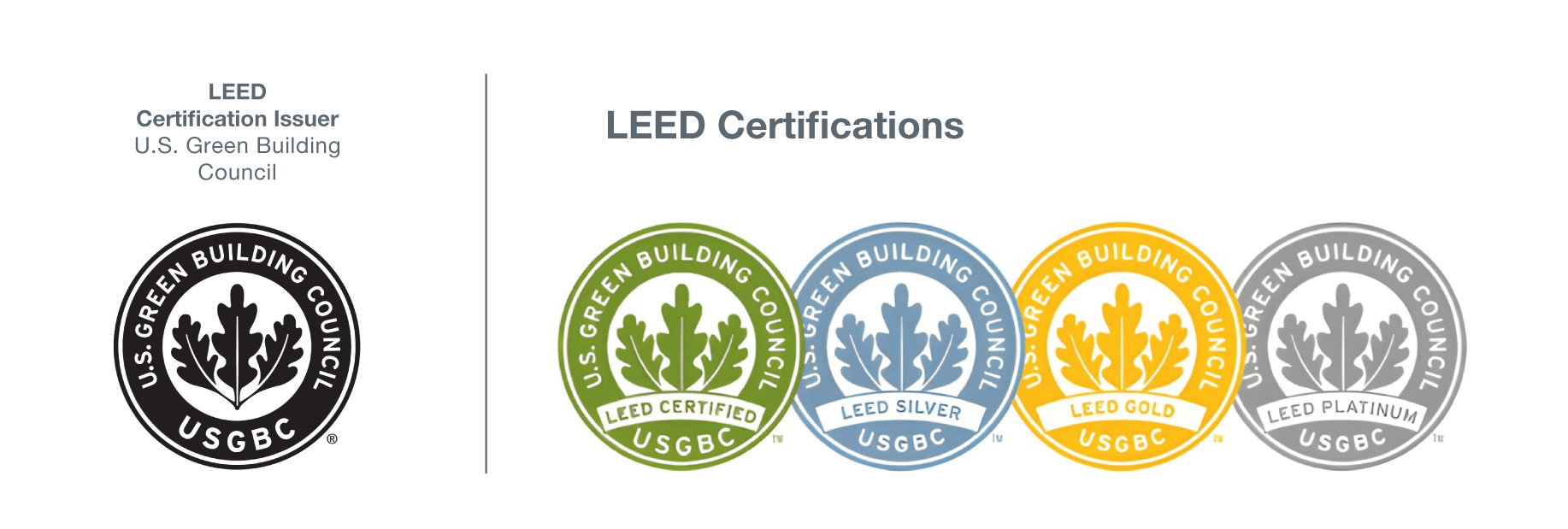

How steel structures drive sustainable construction
Now more than ever, sustainable construction is a top priority for projects aiming to reduce environmental impact and improve efficiency. Steel structures have become a key choice for achieving more sustainable buildings, thanks to their durability, efficiency, and recyclability.
Benefits of steel in sustainable construction
- 1. Recyclable material with low environmental impact
Steel is one of the most recycled construction materials in the world. Its ability to be reused without losing structural properties reduces the need for raw material extraction and lowers the carbon footprint of projects. This supports a more sustainable approach to construction.
- 2. Energy efficiency and smart design
teel structures allow for lighter, more efficient designs that optimize material use and minimize waste. Their compatibility with thermal insulation and efficient ventilation strategies also contributes to better energy performance, promoting more comfortable and efficient buildings.
- 3. Durability and low maintenance
Steel is highly resistant to harsh weather conditions, which extends the lifespan of structures and reduces the need for repairs or replacements. This not only lowers long-term costs but also minimizes the environmental impact of ongoing maintenance.
- 4. Less construction waste
Thanks to precise off-site fabrication in industrial plants, steel generates significantly less on-site waste compared to other materials. This waste efficiency is key for projects focused on reducing their environmental footprint.
- 5. Flexibility and long-term adaptability
Steel structures are highly adaptable to changes in use or future expansions, extending their life cycle and reducing the need for demolitions or new constructions. This makes them a smart investment for long-term sustainability.
Steel and LEED certification
LEED (Leadership in Energy and Environmental Design) certifications assess the environmental performance of buildings in categories such as energy efficiency, sustainable materials, and indoor environmental quality. There are different levels of certification (Certified, Silver, Gold, and Platinum) based on how well a project meets sustainability criteria.
Steel contributes significantly to these standards by reducing the environmental impact of construction, improving energy performance, and optimizing material use. As a result, many steel-based projects achieve LEED certification, increasing their value and competitiveness in the market.

Examples of LEED certified projects
At our company, we have contributed to several projects that have earned LEED certification. Some notable examples include:

Conclusion
Using steel in construction offers not only structural and economic advantages, but also drives sustainability and environmental responsibility. Its recyclability, energy efficiency, and durability make it a strategic choice for projects seeking to align with responsible building standards.